
As Glenbard South says “Hello” to a new year, a new schedule comes along with it. Although somewhat difficult to memorize, this new schedule opens up new opportunities for students as well as teachers to improve their education and get work done. “Blocks days, while they can be long, can help especially with labs in Honors and AP [courses]. Usually we do [the lab in] two days, but now we can do it in one day,” said Mr. Mateus, a science teacher at South. Many classes rely on multiple days to work on one project, which can get difficult when the class periods are short and students are interrupted before finishing their assignments. Mr. Gorski, a driver’s education and engineering teacher, agreed. “I like that kids have more time for labs, experiments, (and) projects. It’s a nice block of time to accomplish a lot,” he said.
Students also appreciate the new schedule. “It breaks up the day,” says Anna Nesson, a junior. “With periods constantly ending when you are in the grove of something, it’s disrupting.” Eibhlinn Schroeder, a junior, agreed, “If you have something that you have to make up that might be longer, it is very helpful. Sometimes, during Glenbard Hour, teachers can be busy with other students, and Collaboration Hour is a longer period of time, so you know that the teacher is going to be able to get to you.”
Another feature of the new schedule is the adjustment of the school day’s start and end times. Some research suggests that later start times are actually best for students. According to the article Sleepless No More In Seattle — Later School Start Time Pays Off For Teens, “‘To ask a teen to be up and alert at 7:30 a.m. is like asking an adult to be active and alert at 5:30 a.m.’” The goal of these new school start times is to let students sleep in for almost an additional half hour, which will hopefully lead to improved mental health and academic performance within our student body. According to the article Sleep in middle and high school students, the CDC recommends that teenagers aged 13-18 years old get eight to ten hours of sleep per night. Getting a full night’s sleep has many benefits for student’s mental wellbeing and academic achievement. Furthermore, a study published in May of 2022 stated that “Later SSTs (school start times) were associated with better overall developmental outcomes, longer sleep duration, and less negative mood.” However, some students disagree with these findings. “I wish that the time we started was the same,” says a junior. “I feel like pushing the time back is not the best option since I feel like kids are going to bed later because of it, not getting extra sleep.”
The new block days also open up the opportunity for students to have a Collaboration Hour, a 90-minute period during which students can get work done or get help. This prevents students from using their lunch period as a resource period as they might have on a regular day last year. For upperclassmen, this may also mean being able to leave early or come in late. For freshmen in regular level classes, this time offers an opportunity to get extra help from the Learning Commons, a student-run tutoring center (for more information, please reach out to Mr. Douglas, and Dr. Jones). When asked what his favorite part of the new schedule was, Mr. Harpalani, a math teacher, responded, “Students have a lot of time in the new schedule to get help and get work done.” Overall, students are able to get more help in their classes and collaborate with their peers more often thanks to this new schedule. Mr. Gorski certainly agrees “The opportunity is there for every student to be very successful,” he said.










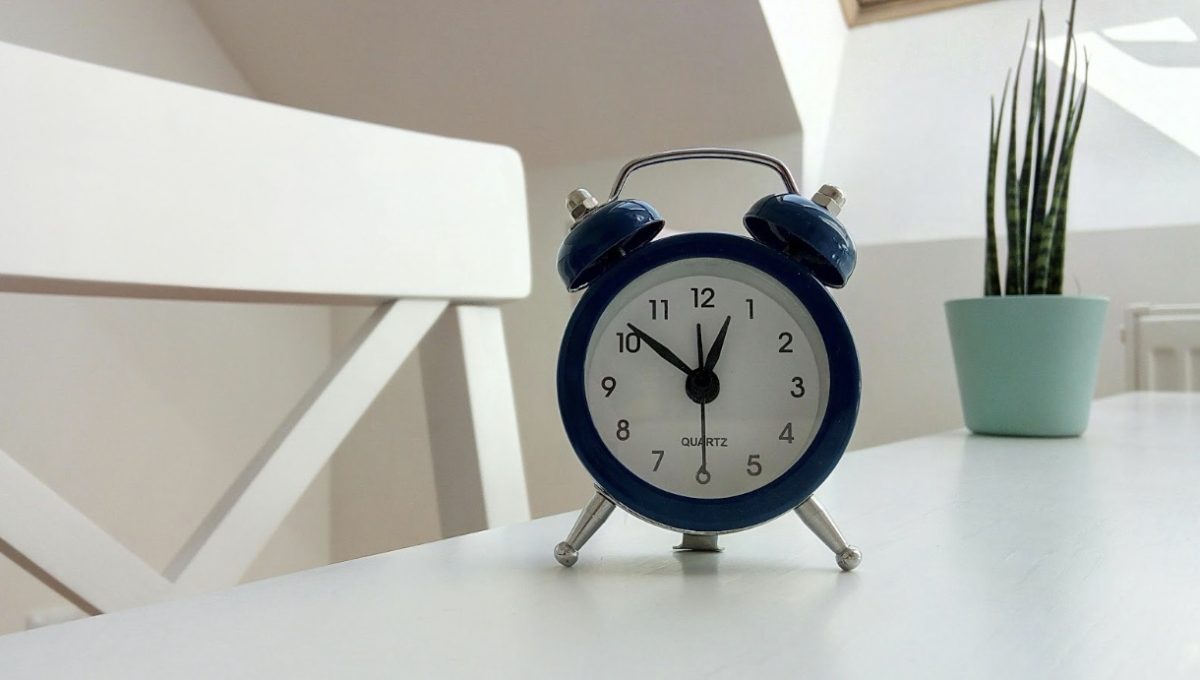




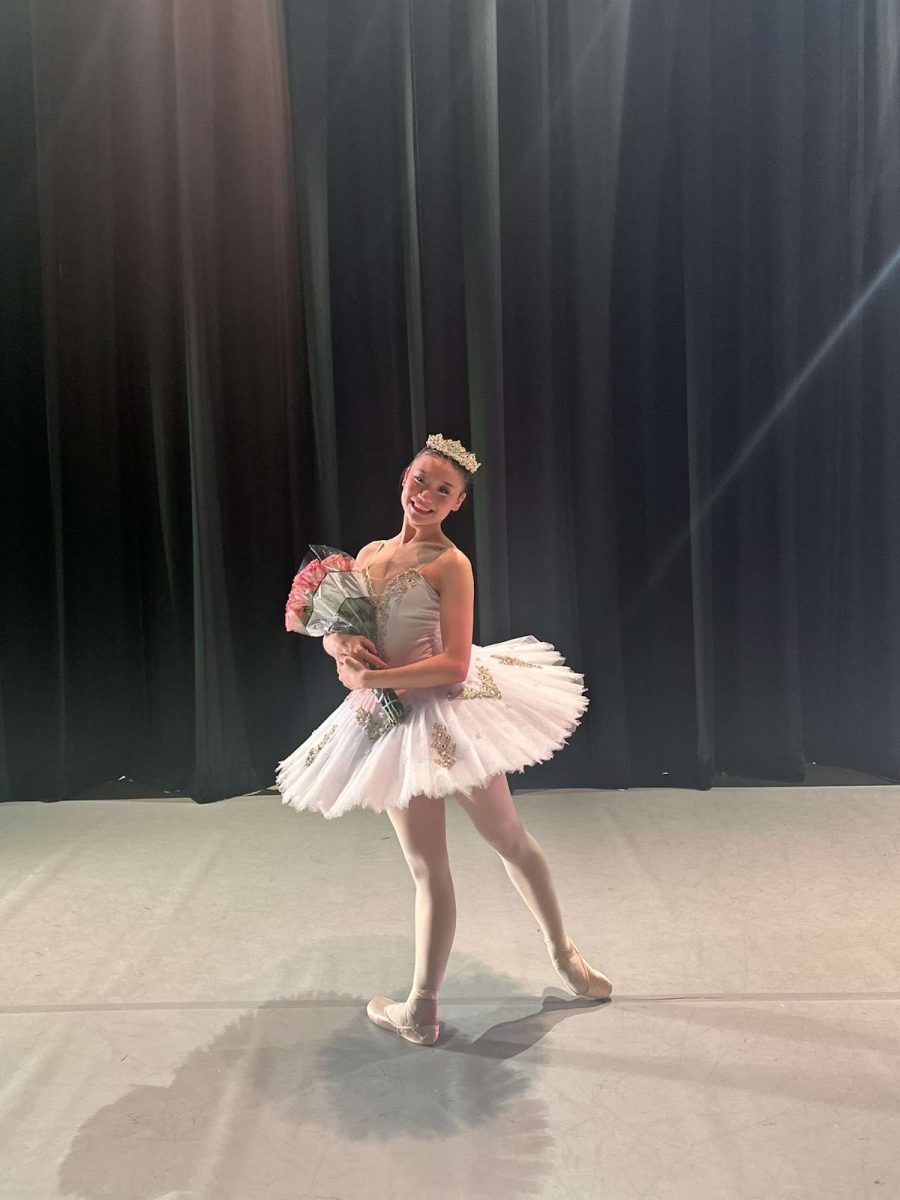





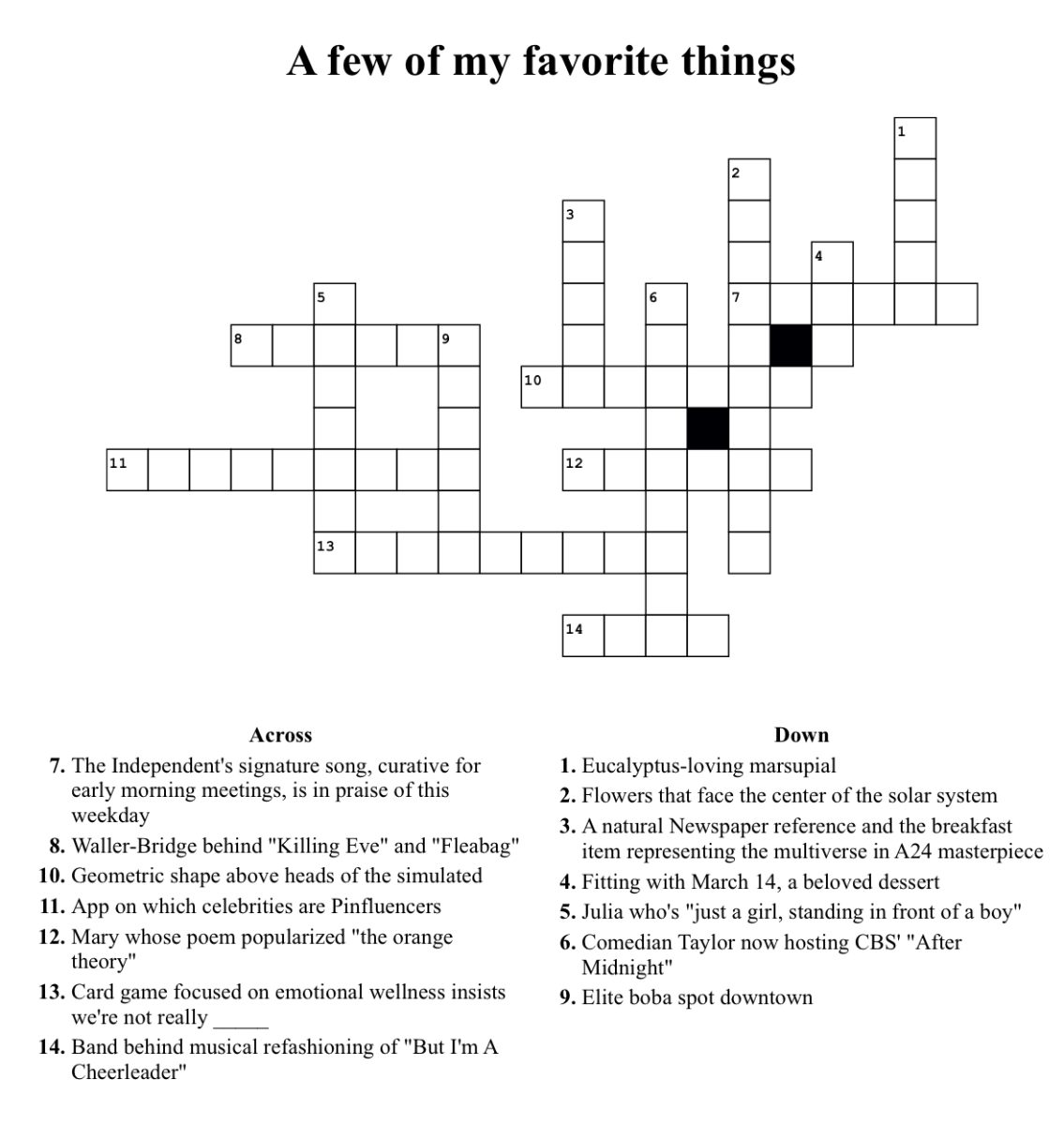



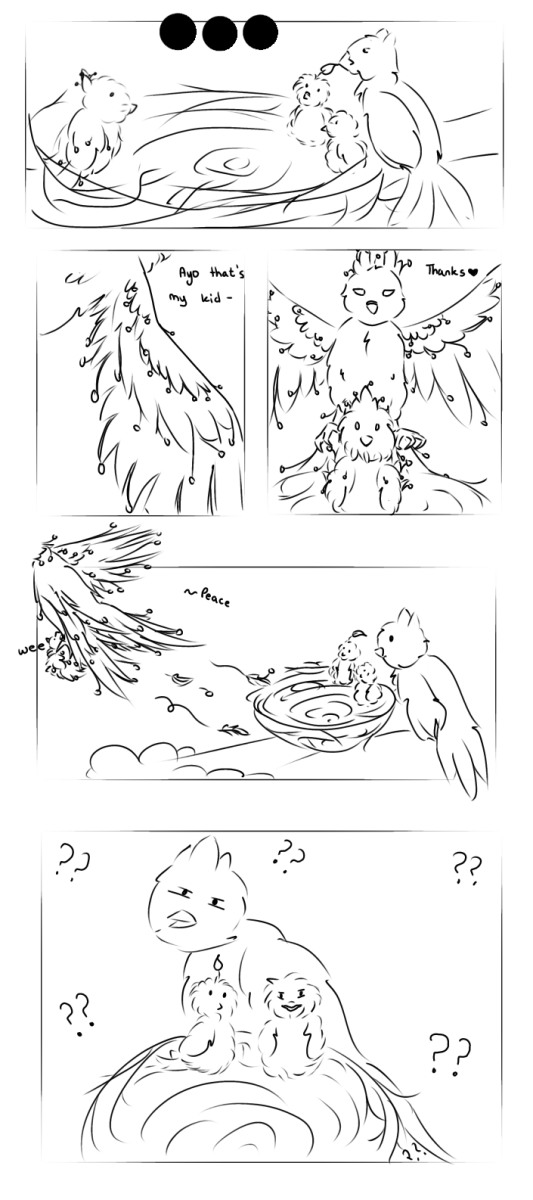

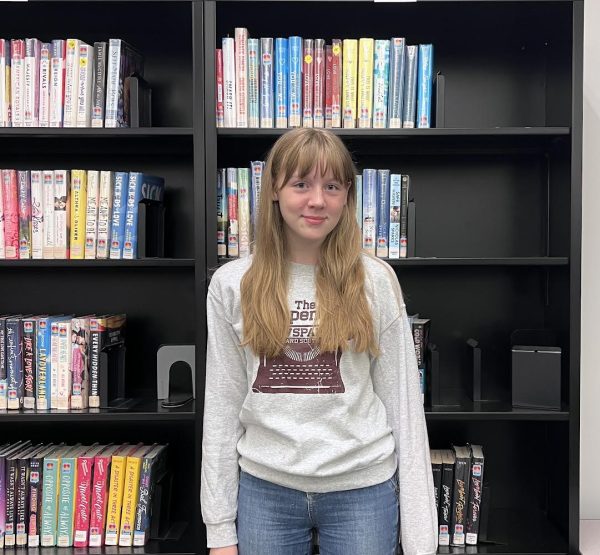
Emma • Oct 6, 2024 at 6:28 pm
Great article Lizzie!